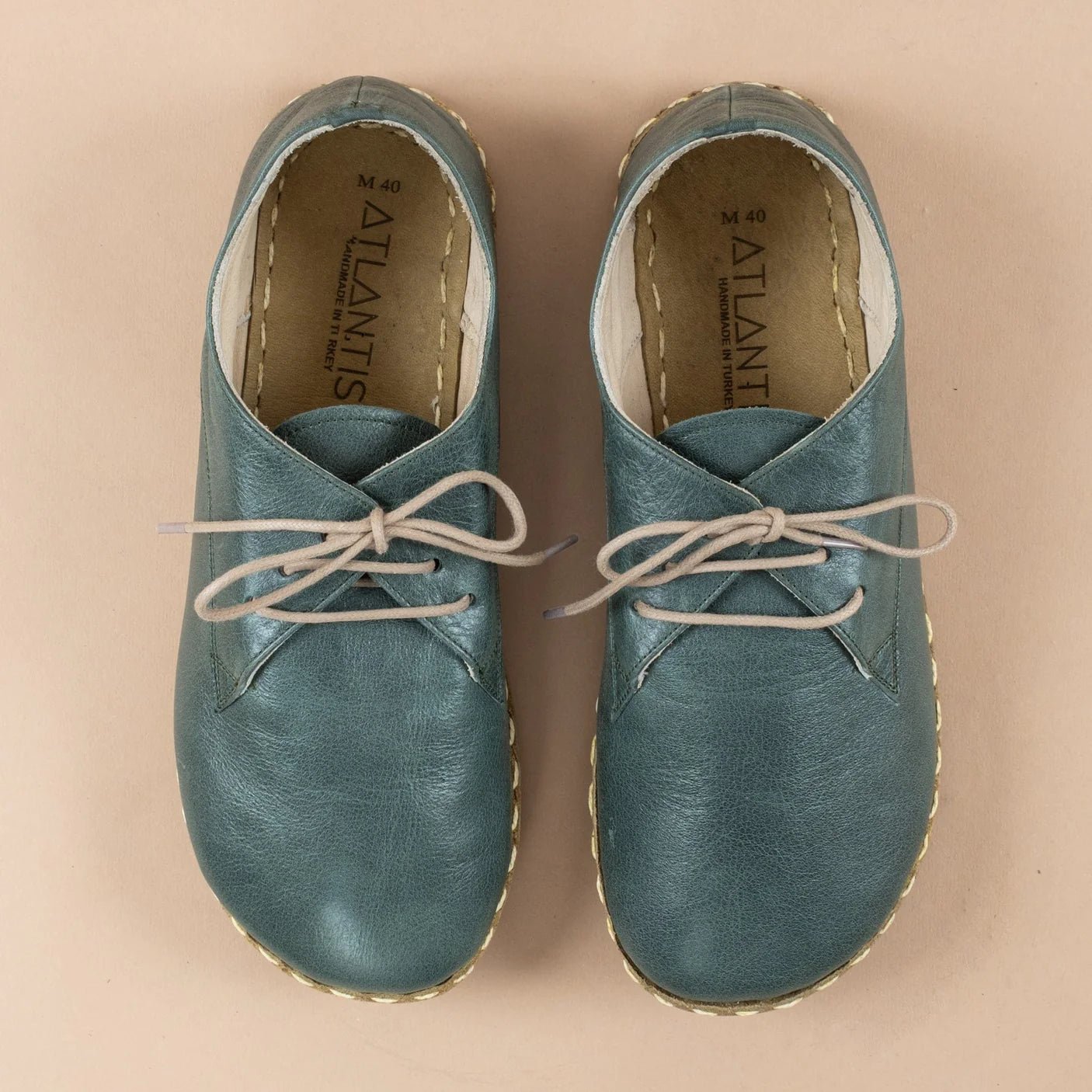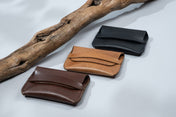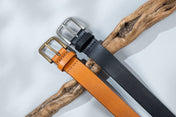The adaptation period for barefoot shoes typically varies among individuals. Initially, these shoes may feel unfamiliar due to their minimalistic design, which starkly contrasts traditional footwear's cushioning and arch support. This distinctiveness necessitates a gradual adjustment period. Individuals who frequently wore conventional shoes might require more time to acclimate. Factors influencing this transition include the wearer's daily activities, specific foot support needs, and overall physical fitness. Beginners are advised to incrementally increase wearing time, starting with just a few hours daily. Alternating with standard shoes can also facilitate a smoother transition.
Gradual Transition to Barefoot Shoes
Adapting to barefoot shoes is a process that requires patience and careful attention to one's own body. Initially, wearing these shoes for simple, everyday tasks within a comfortable environment, such as at home, is recommended. Gradually extending their use to gentle outdoor activities, like brief walks, can help the feet adjust without overwhelming them. It's crucial to avoid using barefoot shoes for high-intensity activities or extended periods of walking during the early stages of this transition. Doing so may lead to discomfort or even pain, indicating a need to revert to traditional shoes temporarily.
- First, wear barefoot shoes for household tasks.
- Gradually use them for short, easy walks outdoors.
- Refrain from high-impact activities at the start.
Should any discomfort arise, it's essential to listen to these bodily signals and not push beyond one's current limits. Switching back to conventional shoes allows the feet to recover and can prevent potential injury. This cautious approach ensures a smoother and more successful adaptation to barefoot shoes' unique feel and function. Over time, as the feet grow accustomed to the new footwear, the wearer can confidently and comfortably expand their use to more varied and challenging activities.
The Advantages of Embracing Barefoot Shoes
Embracing barefoot shoes offers many advantages, primarily focusing on enhancing foot strength and overall body awareness. These shoes, designed to mimic the natural mechanics of barefoot walking or running, actively strengthen the muscles in the feet and ankles. This increased muscle engagement improves balance and proprioception, allowing individuals to be more attuned to their body's positioning and movements. Moreover, the minimalist design of barefoot shoes encourages a more natural gait, potentially reducing the risk of joint
injuries associated with traditional footwear.
Additional benefits of barefoot shoes include:
- Enhanced running performance due to improved foot mechanics.
- Increased comfort for those with wider feet or specific foot conditions like bunions.
Ultimately, the shift to barefoot shoes represents a commitment to healthier foot mechanics and a more natural approach to movement. While the transition requires patience and gradual adaptation, the long-term health benefits are substantial. Individuals embracing this change often report a heightened sense of connection with their environment and a more grounded walking experience. This holistic approach to foot health is gaining traction among fitness enthusiasts and those seeking a more natural lifestyle.
Step-by-Step Guide for a Smooth Adaptation
Transitioning to barefoot shoes requires a structured approach, ensuring a smooth and efficient adaptation for the feet and body. The process spans about eight weeks, each phase introducing new challenges and opportunities for the feet to adapt to this minimalist footwear.
In the initial two weeks, the focus is on familiarizing the feet with the new sensation of barefoot shoes. This period involves wearing them for short durations, ranging from half an hour to an hour daily, engaging in light activities. It is crucial during this phase to avoid overexertion, as the feet are still adjusting.
As the third and fourth weeks approach, the duration of wearing these shoes is gradually extended to one to two hours each day. This phase also marks the introduction of more demanding activities like hiking or jogging. The increased time and varied activities help strengthen the foot muscles and improve flexibility.
By the fifth and sixth weeks, the feet usually show significant adaptation. Wearing barefoot shoes for most activities becomes more comfortable. Despite this progress, it's essential to remain attentive to the body's signals. Any discomfort or pain should be a cue to take a break, underscoring the importance of listening to one's body.
- Week 1-2: Wear for 30-60 minutes daily for light activities.
- Week 3-4: Increase to 1-2 hours, including more strenuous activities.
- Week 5-6: Comfortably wear for most activities, heed body signals.
- Week 7-8: Fully adapt your clothes for all activities, including rigorous exercise.
Finally, during weeks seven and eight, the feet and muscles are expected to fully acclimate to barefoot shoes. This phase allows wearing them in all activities, including high-impact running and weight-lifting exercises. Completing this eight-week cycle signifies a successful transition, offering the benefits of barefoot shoes in enhancing foot strength and overall mobility.










